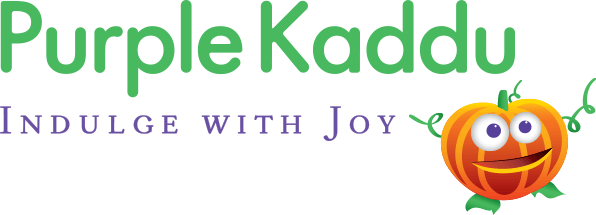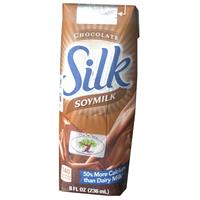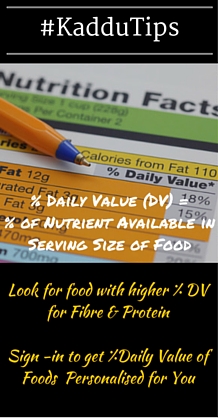
Silk Chocolate Soy Milk
Products in ‘Soya Milk’ category range from 2.5 - 3


- Compliments of Vitamins & MineralsThe micronutrients (Vitamins/Minerals) play an important role by ensuring proper functioning of cells and tissues.Each vitamin and trace mineral play a specific role in the body. For example, Vitamin C acts as antioxidant protecting cells from environmental damage, healing wounds and maintaining connective tissue whereas minerals like sodium, potassium and chloride function as electrolytes that assist in communication between cells necessary for nerve impulses and muscle contraction.Some products mimic the nature by adding artificial vitamins or minerals which have an identical form and function to those found in nature, but they are manufactured synthetically to meet extremely high standards of processed products.
- Fibre SourceProduct with decent amount of Dietary Fibre (5%-10% of day's recommended intake) is better than a similar one with zero or negligible amount of fibre) - at least it's a start!Packaged foods generally do not have Dietary fibre so a product with some amount of dietary fibre is always welcome.Fibre is not a nutrient but plays a key role in managing your body regularities - Bowel movement - Keeping constipation at bay, a control on Blood Sugar spike and check on blood cholesterol.However, follow the principle of balance and don't go overboard by eating only fibre rich food.
- Good Source of ProteinIt is important that products rich in protein are included in the daily diet.Protein is the main ingredient of structural and functional component of body. Proteins function as building blocks for muscles, cartilage, bones, skin, and blood. They are also building blocks for enzymes and hormones.Try and eat more such food products that give you good amount of Protein.
- High in Good FatGood Fat ! Yes that's correct, Fat is not all bad. The Unsaturated Fat is also referred to as the Healthier Fat as it is source of essential fats (Omega 3 & Omega 6). Fats and oils that we generally consume are rich in omega 6 so try an incorporate the essential omega 3 containing foods in your daily diet. To identify the healthy fat in a food product, look for the Monounsaturated Fat (MUFA) and Polyunsaturated Fat (PUFA) on the nutrition label of the food. The higher the share these types have in the Total Fat or Lipid the better is the product. This does not mean that you should have more of a product just because it is high in Unsaturated Fats. While selecting a food product prefer the one with energy from Fat not be more 30% of total energy available in the product and there is more of the unsaturated fats.
- The Better Salt: Table, Sea or Rock?Different Types of Salt available in market can be categorized into 3 basic categories: Table Salt, Sea Salt and Rock Salt.The difference between them is the source of origin but all of them have about the similar amount of sodium. Rock Salt and Sea Salt also have additional minerals which are lost in the process of producing Table Salt.Read more about this in the blog - Taking with a pinch of Salt: rock, table or sea.
- Highly Processed!Additives are added to the packaged foods for different reasons varying from increasing shelf life, to provide flavour and texture, increasing nutrition quality or required to manufacture some types of food.One of the ways to determine the degree of Processing is the number of additives you find in the ingredient list. The higher the number of additives greater is the degree of processing. Additives can be identified by looking for ingredients that begin with 'E' and have a number in them.It is generally recommended that food that is closer to nature is better hence it is better to choose food products with lesser number of additives.
- Loaded with Sugar
Each serving of the product has at least 1 teaspoon (5g) of sugar in it which makes it a sugar rich product.
One of the immediate side effects of high sugar intake is increase in fat deposits in the body which may increase your risk for obesity,diabetes and a host of other conditions.
Also, some studies suggest that its not FAT but sugar that is the cause for excess weight gain. Hence, best to avoid.
Disclaimer:Product Analysis is based on general practices in the field of Nutrition. Please check with or consult a qualified and licensed medical professional for its suitability to you.












